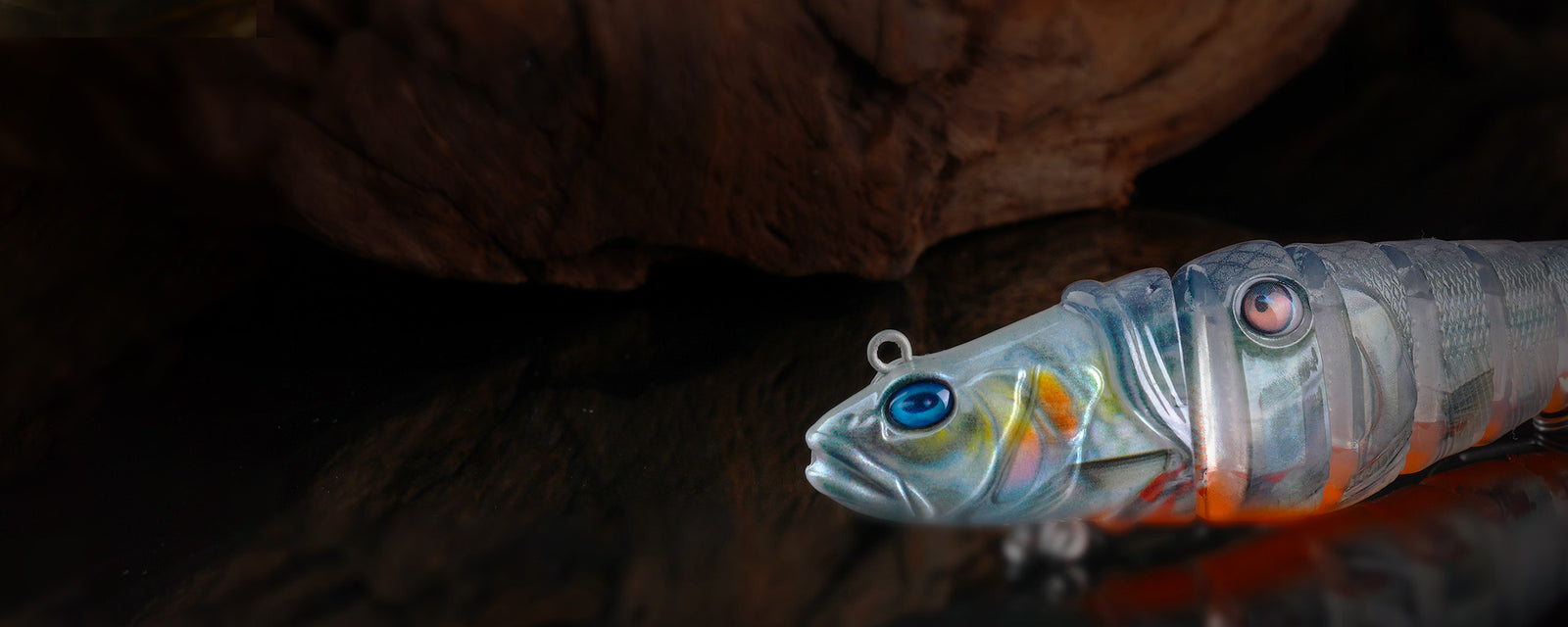Unlock the Secrets of Fishing Lures: Discover the Perfect Bait for Your Next Catch!
Fishing is not just a hobby; it's an adventure that connects us with nature and offers a sense of tranquility. At the heart of this pursuit lies an essential tool: the fishing lure. Understanding the various types of fishing lures and their specific uses can significantly enhance your chances of landing that prized catch. This article aims to guide you through the different types of fishing lures available, their unique purposes, and how to choose the right one for your fishing adventures. Whether you’re a seasoned angler or just starting, knowing your lures can make all the difference in your fishing success.

Understanding Fishing Lures
Fishing lures are artificial baits designed to attract fish by mimicking the look and movement of prey. They play a crucial role in fishing, as they entice fish to strike, increasing the likelihood of a catch. The psychology of fish is fascinating; they are instinctively drawn to shapes, colors, and movements that resemble their natural food sources. Lures vary in design to imitate everything from small fish to insects, and understanding this mimicry is key to effective fishing. For instance, I recall a trip with a friend who swore by using bright-colored lures during early morning hours. He explained that fish tend to be more aggressive at dawn, and the vibrant colors catch their attention in the low light. This insight illustrates the importance of selecting lures that align with fish behavior and the surrounding environment.
Types of Fishing Lures
Fishing lures can be broadly categorized into several types, each with its unique characteristics and applications:
1. Soft Plastics
Soft plastic lures are incredibly versatile and come in various shapes, sizes, and colors. They often mimic worms, minnows, or other aquatic creatures, making them effective across different fishing conditions. These lures are particularly effective for targeting bass, as they can be rigged in multiple ways to suit various fishing techniques. I remember my first fishing trip with soft plastics; after seeing my friend catch several bass using a simple worm imitation, I quickly learned the value of these lures. Their flexibility allows for subtle movements that can entice even the most cautious fish.
2. Hard Baits
Hard baits are typically made from wood or plastic and include categories like crankbaits and jerkbaits. Crankbaits are designed to dive at specific depths and are perfect for covering larger areas of water, while jerkbaits are used for a more erratic presentation, mimicking injured prey. I’ve had success using a jerkbait on a windy day when the water was choppy; the erratic movement drew the attention of nearby fish, leading to a productive outing.
3. Spinnerbaits and Jigs
Spinnerbaits and jigs are powerful tools in an angler's arsenal. Spinnerbaits feature spinning blades that create flash and vibration in the water, making them appealing to predatory fish. Jigs, on the other hand, are versatile and can be used in various ways, often paired with soft plastics for added attraction. On one fishing trip, I witnessed the effectiveness of a spinnerbait when my friend cast it near a submerged structure, resulting in several strikes in quick succession.
4. Topwater Lures
Topwater lures are designed to float on the water's surface and create splashes or disturbances that attract fish. They're particularly thrilling to use because the excitement of seeing fish strike at the surface can be exhilarating. I vividly recall a summer evening spent casting a topwater lure into a calm lake; the heart-stopping moment when a large bass exploded from the water to take the bait was unforgettable. These lures are best used during dawn or dusk when fish are actively feeding near the surface.
Each type of fishing lure serves a specific purpose, and understanding their unique features can help you choose the right one for your fishing adventure.
Choosing the Right Fishing Lure
Selecting the proper fishing lure involves considering several factors, including water type, fish species, and weather conditions. For beginners, it’s essential to match lures to the environment and the fish you’re targeting. For instance, in murky water, opting for brightly colored lures can help attract fish, while in clear water, more natural colors that mimic local prey may be more effective. Additionally, considering the time of day can influence your choice; using topwater lures during early morning or late evening can yield great results, while deeper diving lures may be more effective during midday when fish seek cooler depths. My friend often advises new anglers to start with a versatile selection of lures, allowing them to experiment and see what works best in their local waters.
Maximizing Your Fishing Success with the Right Lures
Understanding the various types of fishing lures and their specific applications is vital for any angler looking to improve their fishing game. By considering factors such as water conditions, fish species, and the time of day, you can make informed choices that enhance your chances of success. Remember, fishing is as much about the experience as it is about the catch, so don’t hesitate to experiment with different lures to discover what works best for you. Embrace the adventure, and may your next fishing trip be filled with memorable catches!






